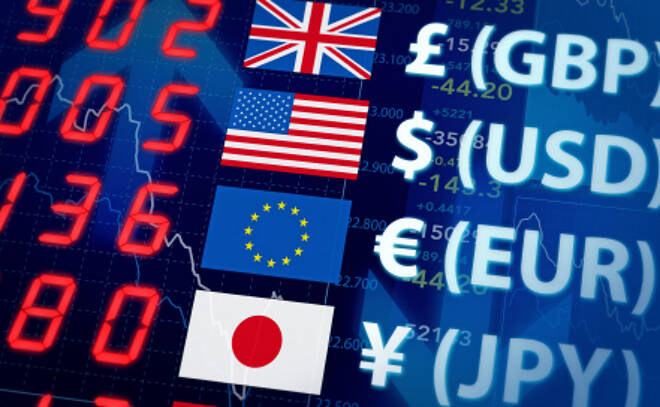Advertisement
Advertisement
Trading Exotic Currencies
Updated: Aug 25, 2022, 12:18 GMT+00:00
Intro
The Foreign Exchange market is the largest and most liquid financial markets in the world, with nearly 5 trillion in daily turnover. The market allows individuals, corporations, banks and speculators to exchange one currency for another. In a typical currency transaction, one party exchanges a quantity of one currency for a specific quantity of another currency.
There is a subsection of the currency market that is not very liquid. Here traders exchange exotic currencies, which are currencies from emerging market countries. The transaction occur for hedging purposes as well as speculation, but the risks can be substantial.
The major currency pairs with the most volume are mainly exchanges against the US dollar. These currencies include: The Australian dollar, the Euro, the British Pound, the Japanese Yen, the Swiss Franc, and the Canadian dollar. When currencies are traded or quoted against currencies other than the US dollar, they are called cross pairs. When a currency is an emerging market currency such as the Indonesian Rupia or the Mexican Peso it is referred to as an exotic currency.
Market makers within the Foreign Exchange market create a bid offer spread. A market maker is a trader that creates a market by determining where they will buy an instrument and where they will sell an instrument. The bid is where the market maker is willing to purchase a currency pair, and the offer is where the market maker is willing to sell the currency pair.
Generally the liquidity within the Foreign Exchange market has driven bid offer spreads to very tight levels. Liquidity plays a very important role within bid offer spreads. The easier it is to transact when trading a currency pair, the tighter the bid offer spread. Exotic currencies pairs generally have a wide bid offer spread. This reflects the unwillingness of market makers to be aggressive when buying and selling these currencies.
The liquidity of a financial instrument is often overlooked, as investors strive to produce the best risk adjusted returns. Market liquidity usually fluctuates, but can be extremely illiquid as investors rush toward the exits during adverse market conditions. Liquidity risk is the ability of a trader to unwind a position and generate cash in a timely and efficient manner.
Historically, there have been a number of events in the recent past that have created the need to analyze the liquidity and transparency of a currency pair. For example, in 2008, even the very liquid Eurodollar contracts, which allow traders to hedge Libor, where relatively illiquid, due to the financial crisis and the inability of banks to lend to one another. The volatility of the crucial product became so severe that money market funds priced below par.
Exotic currency pairs at times will allow investors to achieve excellent returns but their exchange rates are less liquid and are more opaque than liquid markets. Transactions on these types of assets can be few and far between making it difficult to exit when you want to.
Non-liquid products are usually over the counter products which are traded under guidelines that are governed by the market participants themselves. For example, many financial instruments that are over the counter instruments are governed by ISDA, the International Swaps Dealers Association. Although exotic currencies are important for corporates within EM countries as far as their ability to hedge their exposures, speculation in these areas are risky and the reward should than reflect the risk assumed.
About the Author
Advertisement
